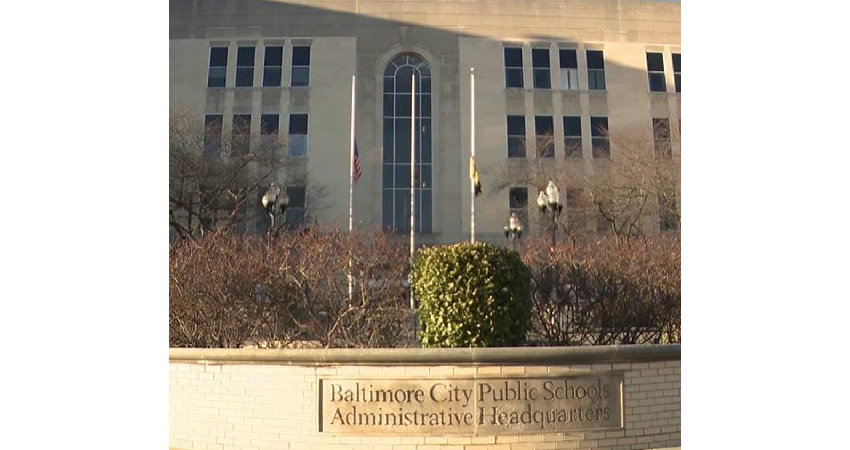
Baltimore City's K-12 Education Crisis
Executive Summary
Before the Covid-19 pandemic, the Baltimore City Public School district was among the lowest-performing in the nation. National and state test scores show that the vast majority of BCPS students do not achieve proficiency in reading or mathematics exams.
In 2021, the Census Bureau reported that the per-pupil expenditure for BCPS schools during fiscal year 2019 was $15,888, or 11th-highest among the nation’s 100-largest school districts. Before the Covid-19 pandemic, fewer than two in 10 BCPS 4th or 8th grade students scored “proficient” in reading or math exams on the National Assessment of Educational Progress (NAEP). Among low-income students, more than half of 4th and 8th grade students scored “below basic” on the NAEP reading and math exams. The 2018-19 Maryland Comprehensive Assessment Program (MCAP) revealed similar results.
Baltimore City public schools were closed for in-person learning for most students for at least 12 months beginning in March 2020. Initial evidence suggests that BCPS students’ academic achievement has declined after these prolonged school closures. In May 2021, Baltimore City Public Schools reported that 63 percent of middle- and high-school students were failing at least one class during the 2020-21 school year.[1] The 2021 MCAP found that fewer than 10 percent of BCPS students in grades 3, 4, and 5 scored “proficient” on reading and English/language arts exams.
The ongoing crisis in Baltimore City’s public schools, worsened by prolonged school closures during the pandemic, is limiting the life opportunities of a generation of children living in Charm City. These problems also pose significant challenges for the city as a whole and the state of Maryland.
[1] Yon Pomrenze, “Baltimore City won’t hold back students with failing grades,” CNN, May 27, 2021





